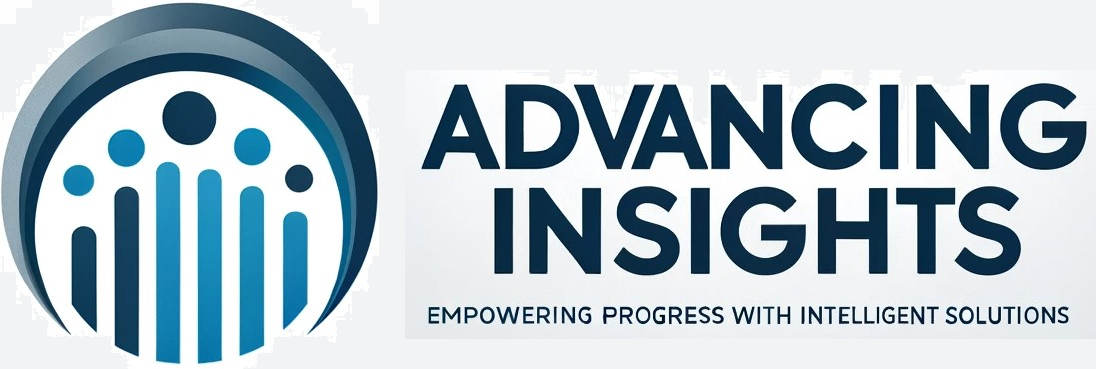Connecting Innovation to People, Places, & Things
The idea of connecting people, places and things is real. Get an account on any of the social networks to see for yourself. The web is writeable and information flows like water. People are doing things that were never before imagined. They are creating and sharing ideas via blogs, videos, podcasts, etc. Business managers and project teams should take notice because these social applications can help them improve customer service, product development, and information flows.
can consumer creativity become mass? from influx. "... most people believe that you are either really creative or your not. There is no middle ground and after being told that you are not creative, often there's no turning back."
This is a key point to understand, one that prevents most of us from picking up the colored markers. We're gonna change that mindset for people, businesses, organizations, education, and governments (meaning scales).
Influx, "However, this might all change if some new entities emerge.
Tier One: Find new stars
Who:"New Middlemen/Editors"
They sift through the mass talent; find and nurture the ones that could make it. Once a few of these people make it, this could be the signal for a lot more people to get involved.
Tier Two: Give potential stars the means of production and distribution
Who: "New Distributors/Publishers/Studios"
They allow consumers to publish, create and distribute. These include; Lulu.com and cafepress.com and Amazon is also moving into this space with its purchases of Custom Flix and BookSurge.
Tier Three: Educate the wannabes to take it to the next level
Who:"Artistic educators"
With increasing opportunities for personal expression among the mainstream consumer base, there could be a role for creative educators to help consumers add new skills and to critique their work. Imagine webeducation courses, etc...
Tier Four: Empower Everyone
Who:"Brand Personalizers"
I believe what they are talking about is
making connections on the long tail. If you need a spark, read Hugh's "how to be creative" and I promise you that you'll never think the same again about creativity and a lot of other things.
Dave Pollard from How To Save The Word, writes, Why Is Innovation So Hard to Sell?
- "People don't like to change.
- Everyone thinks they can do it themselves.
- It's a 'dragon' issue, so it involves a lot of trust. It's frightening to open your kimono to a stranger.
- It requires understanding of how and why the market has moved on without you.
- it's probably not your fault -- it's the market and the competitors that have changed, probably in disruptive and unforeseeable ways,
- customers also hate change, and it's painful to discover that they're getting something from a competitor that's so much better, cheaper or whatever than what you offer that they've made (or are about to make) the switch,
- it's unnerving to realize that customers ultimately have life-and-death power over your business, and often behave unpredictably, and
- it's difficult and to start looking at your customers and market through a strange new perspective -- which is where you have to start if you really want to innovate."
We define the customer with what we have to sell!
"What's happened here? We've defined the demographic and affinity segments in terms of what we have to sell, rather than how these affinity groups define themselves. And we've defined their needs in terms of the features and attributes we can offer, instead of much more broadly in the emotional terms that the customers define and recognize their needs themselves. This is a fatal error, but one which our intense customer focus almost drives us to commit."
Kathy on headrush has a post, "
What can software learn from kung fu?" about taking things to the next level. There are tools and services everywhere to help us all run to the next level.
Kathy, "So what's your next level? Do your users know what the levels are? Too often, users could get excited and motivated if only they knew more. If you hear a user say something like, "But I never you could do that!", consider that a problem. How many more people would have stuck around if they'd known? With your software, product, service, club, subject you teach, whatever... is there a steady series of new possibilities out there worth reaching for, and more importantly, are you doing something to help users get there?"

